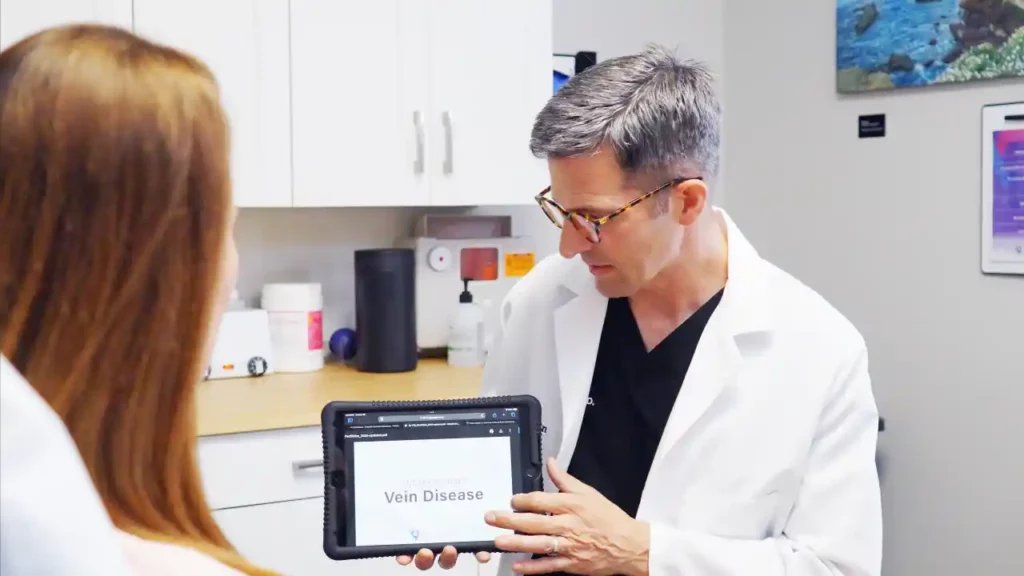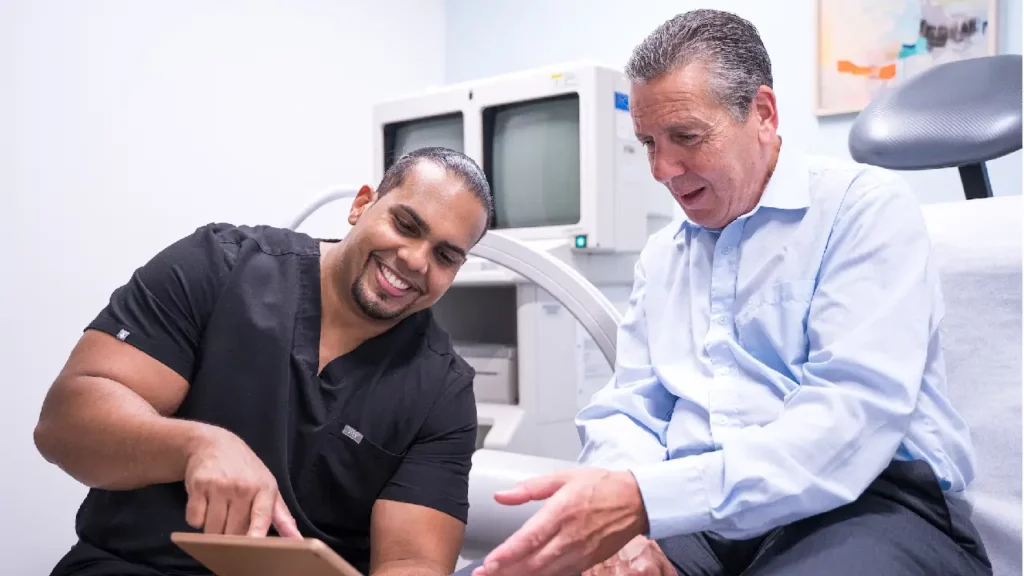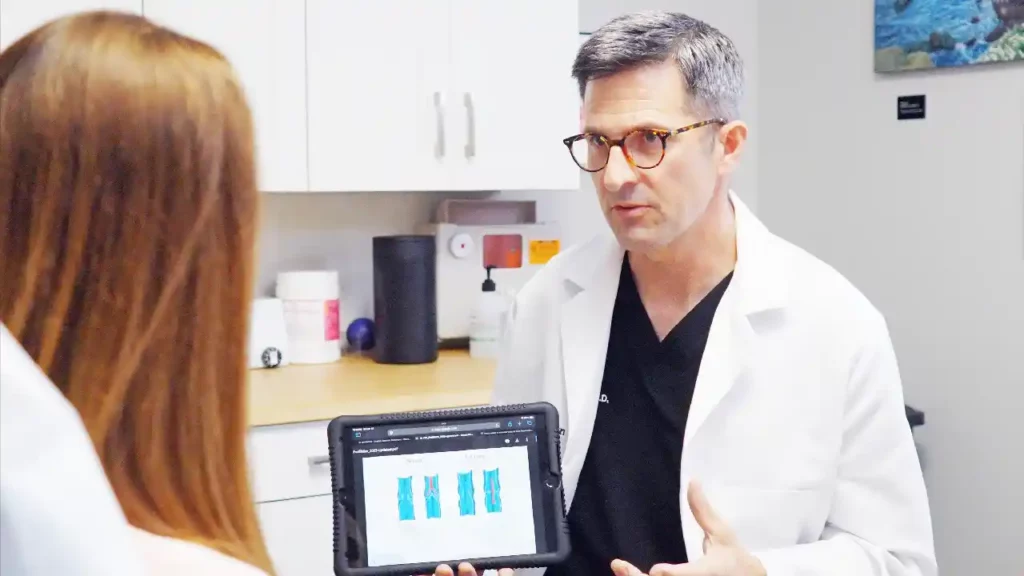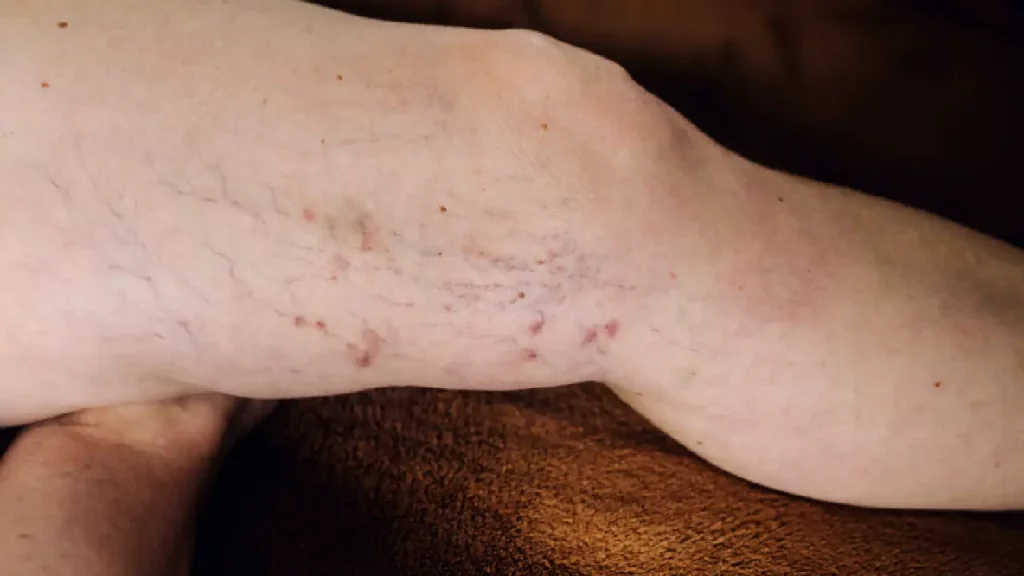Struggling with spider and varicose veins can be not only uncomfortable but also a blow to one’s self-confidence. Thankfully, modern medicine offers a variety of vein treatment options to address these concerns effectively. Dive into the comprehensive guide on the most effective treatments available and start your journey towards healthier, happier legs.
Understanding Vein Conditions: Spider and Varicose Veins
Spider and varicose veins, while often lumped together, have distinct characteristics and causes. Varicose veins are large, raised, swollen blood vessels that twist and turn, primarily forming on the legs. Spider veins, in contrast, are smaller, red, purple, and blue vessels that also twist and turn but are visible under the skin’s surface.
Both conditions stem from venous insufficiency, a situation where the veins have trouble sending blood from the limbs back to the heart. Factors contributing to their development include genetics, obesity, pregnancy, standing for long hours, and aging. Understanding these conditions is the first step in seeking appropriate treatment.
Lifestyle Changes and Home Remedies
Before delving into medical treatments, consider lifestyle adjustments and home remedies. Regular exercise, maintaining a healthy weight, and elevating the legs can alleviate symptoms. Compression stockings are also effective in promoting blood flow.
Dietary changes can play a crucial role. Increasing fiber intake and reducing salt can prevent swelling and bloating. Simple adjustments like these can significantly impact overall vein health and symptom management.
Minimally Invasive Vein Treatment Options
Several minimally invasive treatments have gained popularity for their effectiveness and minimal downtime. Sclerotherapy, for example, involves injecting a solution directly into the vein, causing it to scar and blood to reroute through healthier veins. The collapsed vein is eventually absorbed into local tissue and fades.
Laser treatments are another common approach. For spider veins, a strong burst of light is directed onto the vein, making it slowly fade and disappear. Endovenous laser treatment (EVLT), suitable for varicose veins, uses a laser fiber inserted into the vein to collapse it through heat.
Radiofrequency ablation (RFA) is similar to EVLT but uses radiofrequency energy to heat and close off the affected veins. Both EVLT and RFA are effective for eliminating varicose veins and improving symptoms.
Surgical Options for Severe Vein diseases
In severe cases, surgical intervention may be necessary. Ligation and stripping, a traditional surgical technique, involves tying off a vein and then removing it. While effective, this procedure is generally reserved for the most severe cases due to its invasive nature and recovery time.
Ambulatory phlebectomy is another option, targeting medium to large varicose veins. Small incisions are made to remove the veins. The procedure is less invasive than traditional surgery and has a quicker recovery time.
Despite these surgical options, it’s critical to consult with a vein specialist to determine the best course of action based on the individual’s specific conditions and overall health.
Dealing with spider and varicose veins doesn’t have to be a perpetual struggle. With an appropriate mix of lifestyle modifications, minimally invasive procedures, and, if necessary, surgical interventions, managing and even eliminating these vein issues is within reach. Embrace the journey towards healthier veins by exploring the right vein treatment options with the top vein doctors.
